Articles On Fossils & Fossil Sites
An index of articles related to fossils, fossil collecting and locations where fossils are found.
Latest Articles
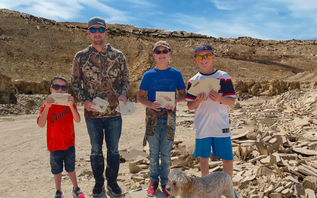
Dig Your Own Fossil Fish In Wyoming - Fossil Lake Safari
Discover your own 50 million year old fossils near Kemmerer, Wyoming at the Fossil Lake Safari. Best of all, you get to keep what you find!
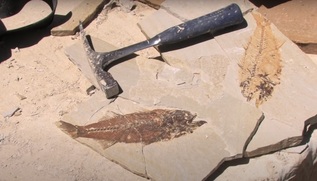
Where To Hunt Fossils? Fossil Parks & Pay-Per-Dig Quarries
Fossils are nice to see in museums and national parks, but have you ever wanted to try your hand finding them yourself? Fossil Parks and Pay per Dig Quarries are a great place to start!
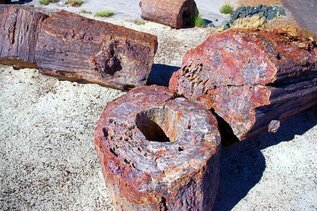
Petrification vs Fossilization: What Is The Difference?
Petrification is the geological process in which organic material is turned to stone slowly over time. This process is involved in many forms of fossilization, and leaves behind many stunning and beautifully preserved fossils.
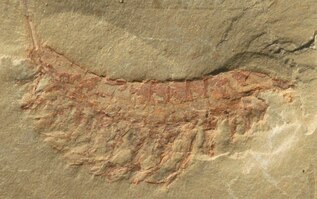
Just What Is A Lagerstätte?
A lagerstätte (german for “storage place”) in paleontological terms is a site of exceptional fossilization, in which soft tissue preservation and other highly detailed remains can be retained and recovered.
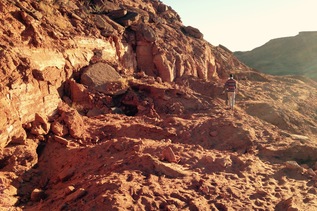
Kem Kem Group History, Paleoecology, and Importance
The Kem Kem group is best known from an escarpment of rock on the Morocco-Algerian border in Northern Africa, in what is now the Kem Kem region of modern day Morocco. The Kem Kem group layers date back to the Cenomanian age of the Late Cretaceous period.
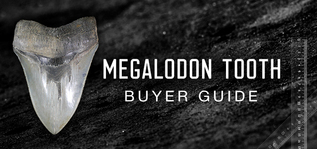
Megalodon Tooth Buyers Guide
Ever wanted to own a real, fossil tooth from a Megalodon shark? This buyers guide help you decide what to buy.
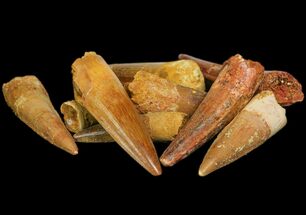
Spinosaurus Tooth Buyers Guide
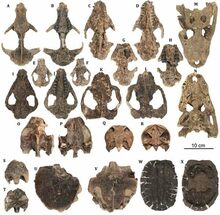
Top 10 Paleontology News Stories Of 2019
There were a lot of interesting fossil discoveries made in 2019, here are some of the most important and spectacular.
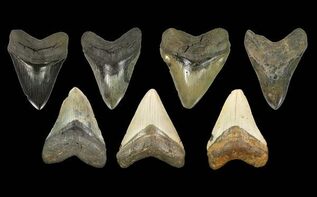
Why Do Fossils Come In So Many Colors?
Fossils have a wide array of colors not due to the original color of the organism, but because of the complicated mineralization process.
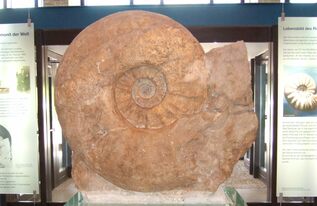
What Is The Largest Ammonite Ever Found?
The largest ammonite fossil that has been found was 1.8 meters (5.9 feet) across, but it’s living chamber was incomplete. It is of the species Parapuzosia seppenradensis and was found near Westphalia, Germany in 1895.
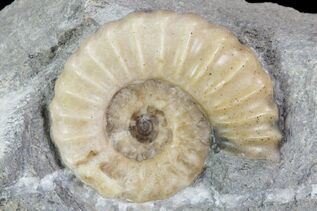
What are agatized fossils?
The term “agatized” is generally used to describe a fossil that has been replaced with chalcedony, a microcrystalline form of quartz.
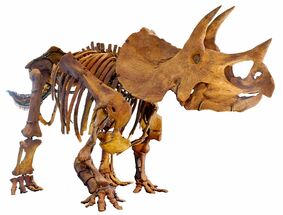
South Dakota State Fossil - Triceratops Horridus
In 1988, the South Dakota state legislature designated the dinosaur Triceratops horridus as their state fossil.
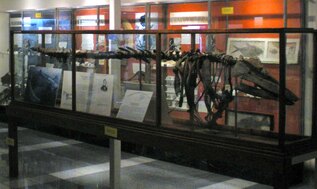
Vermont State Fossil - Mount Holly Mammoth & Charlotte Whale
Vermont was two designated state fossils, the Mount Holly Mammoth and the Charlotte Whale.
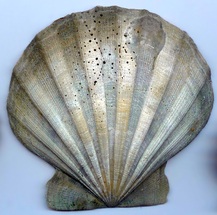
Virginia State Fossil - Scallop (Chesapecten jeffersonius)
In 1993, the Virginia state legislature designated the fossil scallop (Chesapecten jeffersonius) as the Virginia state fossil.
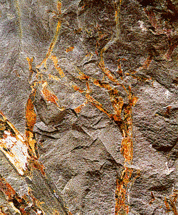
Maine State Fossil - Pertica Quadrifaria
In 1985 the Maine state legislature designated the Middle Devonian vascular plant, Pertica Quadrifaria as the Maine state fossil.
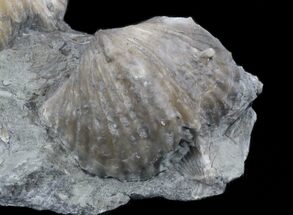
Kentucky State Fossil - The Brachiopod
In 1986 the Kentucky state legislature designated the brachiopod as the Kentucky state fossil. Brachiopods are small, filter-feeding marine organisms that superficially look like clams.
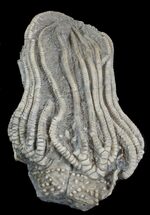
Indiana State Fossil - None, Crinoid (Elegantocrinus) Proposed
Indiana currently does not have an official state fossil, though the crinoid (Elegantocrinus hemisphaericus) was proposed in 2015.
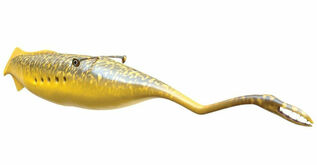
Illinois State Fossil - Tully Monster (Tullimonstrum gregarium)
In 1989 the Illinois state legislature designated the Tully Monster (Tullimonstrum gregarium) as the Illinois state fossil.
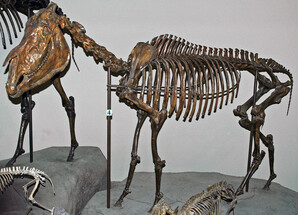
Idaho State Fossil - Hagerman Horse (Equus simplicidens)
In 1988 the Idaho state legislature designated the Hagerman Horse (Equus simplicidens) as the Idaho state fossil.
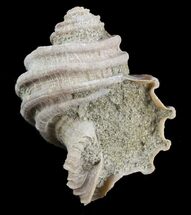
Maryland State Fossil - Gastropod (Ecphora gardnerae)
In 1994 the Maryland state legislature designated the Gastropod (Ecphora gardnerae gardnerae) as the Maryland state fossil.
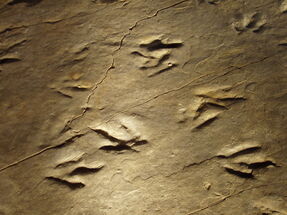
Connecticut State Fossil - Dinosaur Tracks (Eubrontes giganteus)
In 1991 the Connecticut state legislature designated fossil, theropod dinosaur tracks found in the Connecticut Valley as their state fossil.
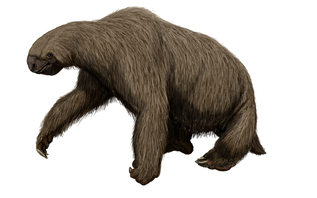
West Virginia State Fossil - Giant Ground Sloth (Megalonyx)
In 2008 the West Virginia state legislature designated the giant ground sloth (Megalonyx jeffersonnii) as the West Virginia state fossil.
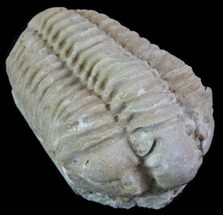
Wisconsin State Fossil - Trilobite (Calymene Celebra)
In 1985 the Utah state legislature designated fossils of Calymene celebra, a type of trilobite as the Wisconsin state fossil.
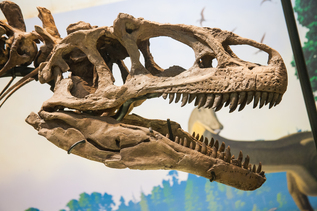
Utah State Fossil - Allosaurus
In 1988 the Utah state legislature designated Allosaurus as the Utah state fossil. In addition the Utahraptor was designated as the official state dinosaur in 2018.
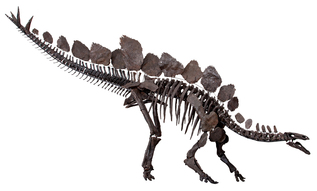
Colorado State Fossil - Stegosaurus
In 1982 the Colorado state legislature designated the fossils of Stegosaurus as the Colorado state fossil.
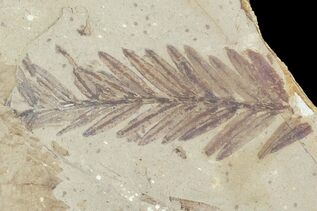
Oregon State Fossil - Dawn Redwood (Metasequoia)
In 2005 the Oregon state legislature adopted the fossils of the dawn redwood or Metasequoia as the Oregon state fossil.
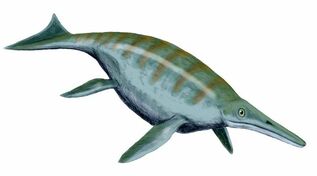
Nevada State Fossil - Ichthyosaur (Shonisaurus popularis)
In 1977 the Nevada state legislature designated the ichthyosaur fossils as the Nevada state fossil. In 1989 this designation was amended to specifically be the fossils of Shonisaurus popularis.
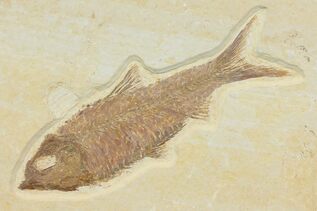
Wyoming State Fossil - Fossil Fish (Knightia)
In 1987 the Wyoming state legislature designated the small fossil fish Knightia as the Wyoming state fossil. In addition, in 1994 Triceratops was adopted as the Wyoming state dinosaur.
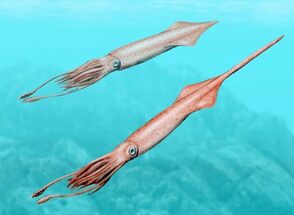
Delaware State Fossil - Belemnite (Belemnitella americana)
In 1996 the Delaware state legislature designated fossil belemnites (Belemnitella americana) as the Delaware state fossil.
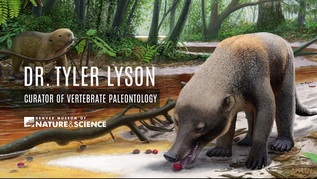
New Fossil Discovery Shows The Rapid Rise Of Mammals After KT Extinction
The Denver Museum Of Nature and Science has announced a significant, new fossil discovery documenting the rapid rise of mammals after the KT extinction event which killed over 75% of life on earth.
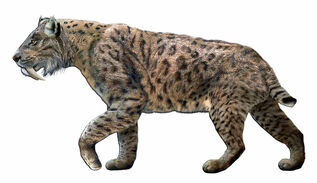
California State Fossil - Saber-Tooth Tiger (Smilodon californicus)
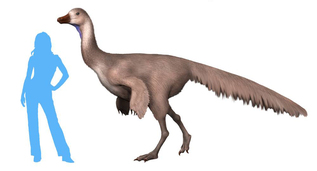
Arkansas State Fossil - Arkansaurus
While Arkansas does not officially have a state fossil it does have a state dinosaur. Arkansaurus was designated as the state dinosaur in 2017.
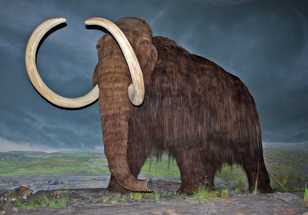
Alaska State Fossil - Woolly Mammoth
In 1986 the Alaska state legislature officially designated the Woolly Mammoth (Mammuthus primigenius) as the Alaska state fossil.
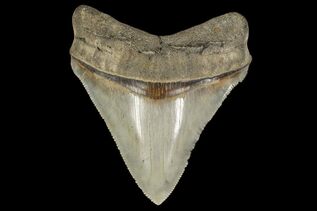
Georgia State Fossil - Fossil Shark Teeth
In 1976 the Georgia state legislature designated the fossil shark tooth as the Georgia state fossil.
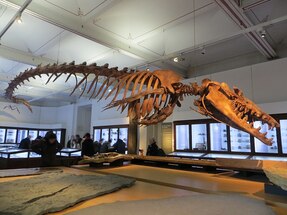
Alabama State Fossil - Basilosaurus
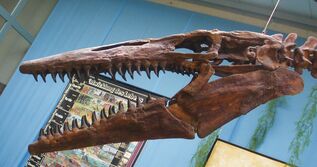
Kansas State Fossil - Tylosaurus & Pteranodon
In 2014 the Kansas state legislature designated the fossils of Tylosaurus and a Pteranodon as the official Kansas state fossils.
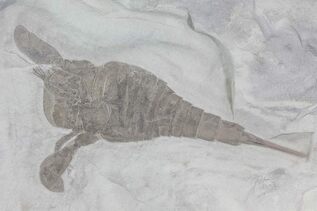
New York State Fossil - Sea Scorpion (Eurypterus remipes)
In 1984 the New York state legislature designated Eurypterus remipes a type of Eurypterid, more commonly known as a sea scorpion as the New York state fossil.
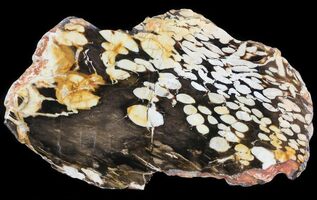
North Dakota State Fossil - Teredo Petrified Wood
In 1967 the North Dakota state legislature designated teredo petrified wood as the North Dakota state fossils.
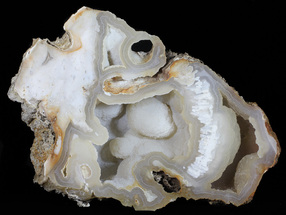
Florida State Fossil - Agate Replaced Fossil Coral
In 1979 the Florida state legislature designated the agatized, fossil coral found in the Northwestern part of the state as the state stone.
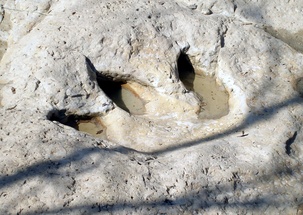
Texas State Fossil(s) - Petrified Palmwood & Paluxysaurus
Texas is one of the few states that have multiple state fossils by way of having a state stone which is also a fossil, as well as a state dinosaur.
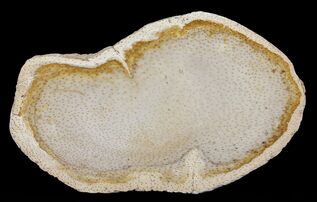
Louisiana State Fossil - Petrified Palmwood (Palmoxylon)
In 1976 the Louisiana state legislature officially designated petrified palm wood of the genus Palmoxylon as the Louisiana state fossil.
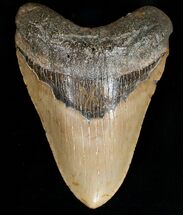
North Carolina State Fossil - Megalodon Shark Tooth
In 2013 the North Carolina state legislature officially designated the fossil teeth of the prehistoric Megalodon shark as the North Carolina state fossil.
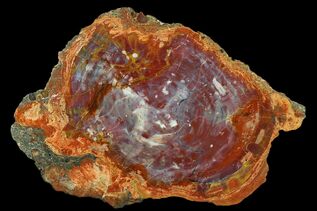
Arizona State Fossil - Petrified Wood (Araucarioxylon)
In 1988 the Arizona state legislature designated the petrified wood of Araucarioxylon arizonicum, a prehistoric conifer as the Arizona state fossil.
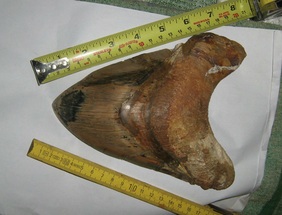
What is the largest Megalodon tooth ever found?
Very few Megalodon teeth have ever been found exceeding 7 inches. The largest that can be verified is a 7.48 inch monster from Peru.

Buyer Beware: Fake Mosasaurus Jaws
The problem of faked and forged fossils is an ongoing issue and fake Mosasaurus jaws are one of the most prevalent examples.
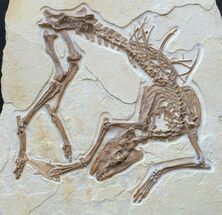
New Fossil Discovery - “Olive” A Primitive Horse Ancestor From The Green River Formation
In the spring of 2015 the Eocene aged Green River Formation near Kemmerer, Wyoming yielded another amazing fossil discovery. A fully articulated primitive horse ancestor, since nicknamed “Olive”.
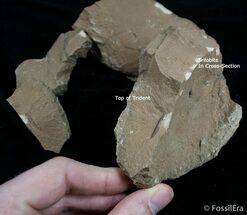
What An Unprepared Spiny Trilobite Looks Like
Some of the most impressive trilobites in the world are the exquisitely preserved spiny ones from Morocco? But what do they look like before preparation?
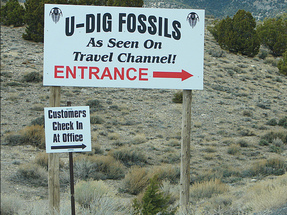
Trip Report: U-Dig Trilobite Quarry – March, 2014
I made a stop by the famous U-Dig trilobite quarry in March. Here's details of my day of collecting there.
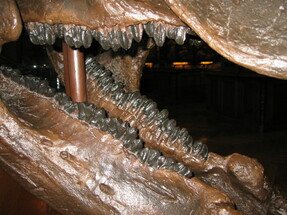
Triceratops Tooth Buyers Guide
The horned Triceratops may be one of the most iconic dinosaurs in the world. Fossilized teeth of this dinosaur are also relatively affordable fossils to purchase.
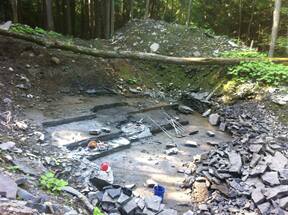
Trip Report: Walcott-Rust Quarry Trilobites – August, 2013
In summer of 2013 I got the opportunity to collect trilobites at the famous Walcott-Rust Quarry in NY.
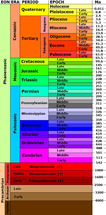
Dating Fossils – How Are Fossils Dated?
So, how do we know how old a fossil is? There are two main types of fossil dating, relative dating and absolute dating.
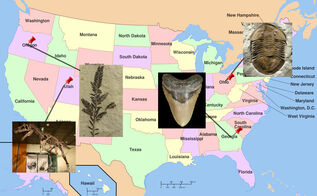
List of State Fossils
A current list of the official state fossil designations by state with information and photos.
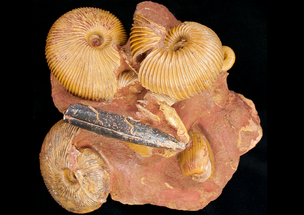
Fossils - What is a Fossil?
A fossil is the preserved remains or traces of organisms (plants, animals, etc) that lived in the distant past. Learn more about fossils...

About Dinosaur Teeth
Learn about dinosaur teeth. Why do different dinosaurs have vastly different looking teeth? Which dinosaurs have the largest and smallest teeth?
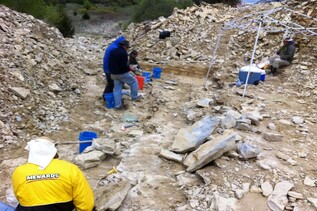
Trip Report: Collecting Oklahoma Trilobites – April, 2013
Trip report for collecting Devonian trilobites from the Haragan Formation of Oklahoma in April, 2013
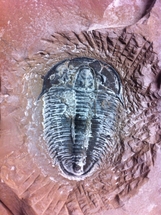
Utaspis Trilobite Preparation Sequence
Preparation photos of a great Utaspsis marjumensis trilobite collected in the spring of 2013.
 Reviews
Reviews